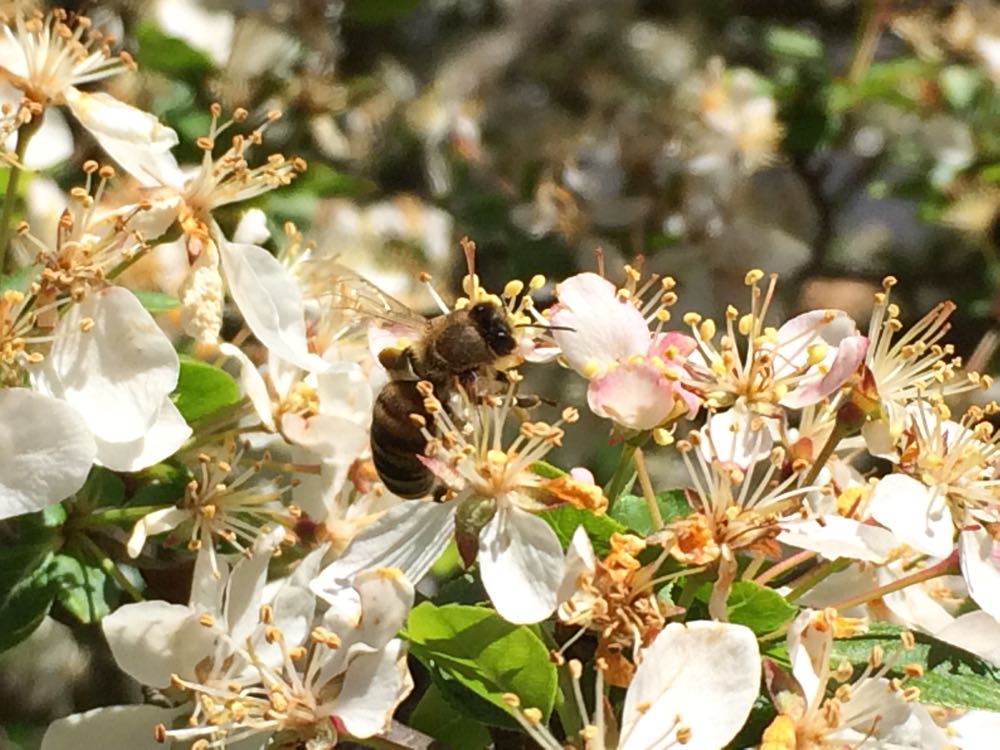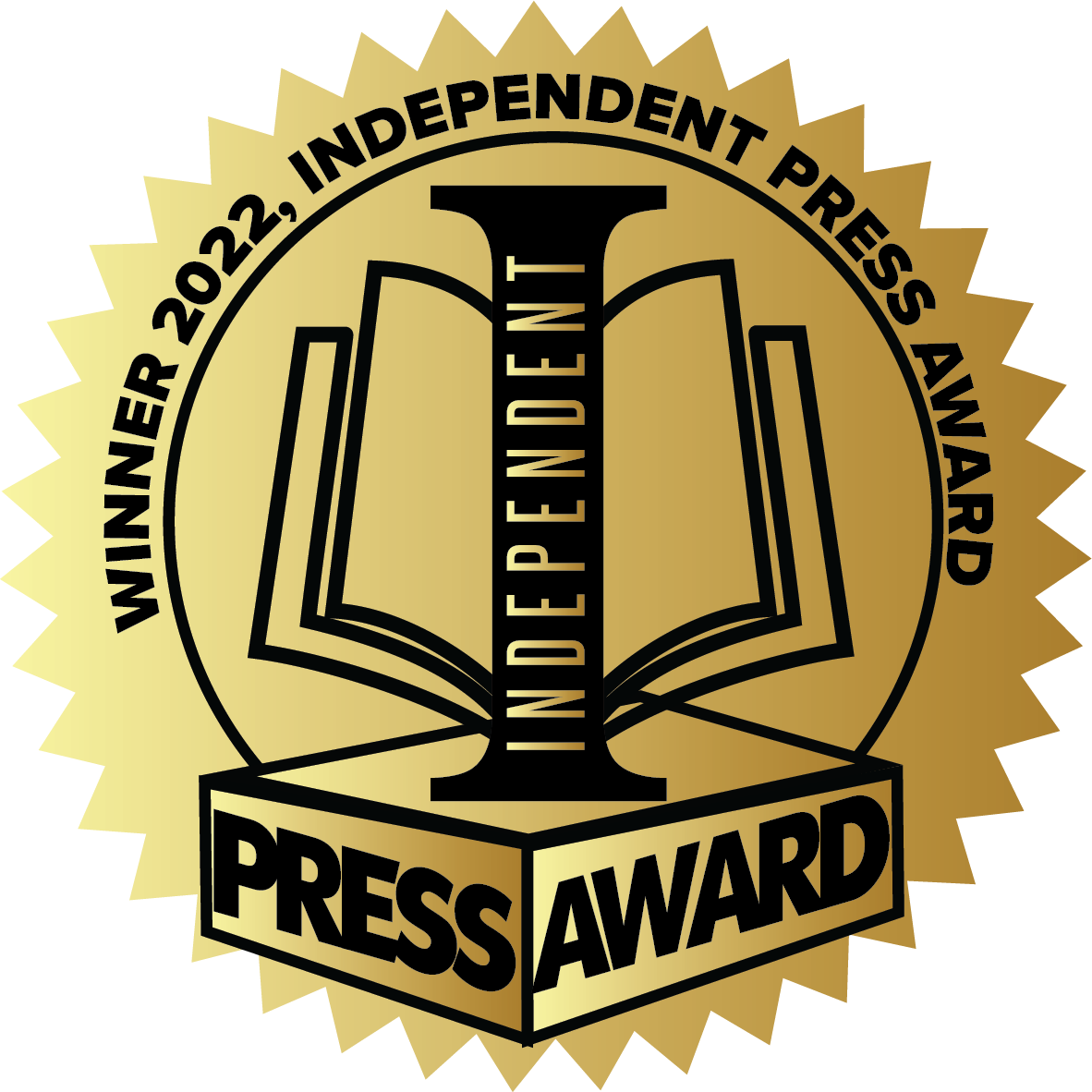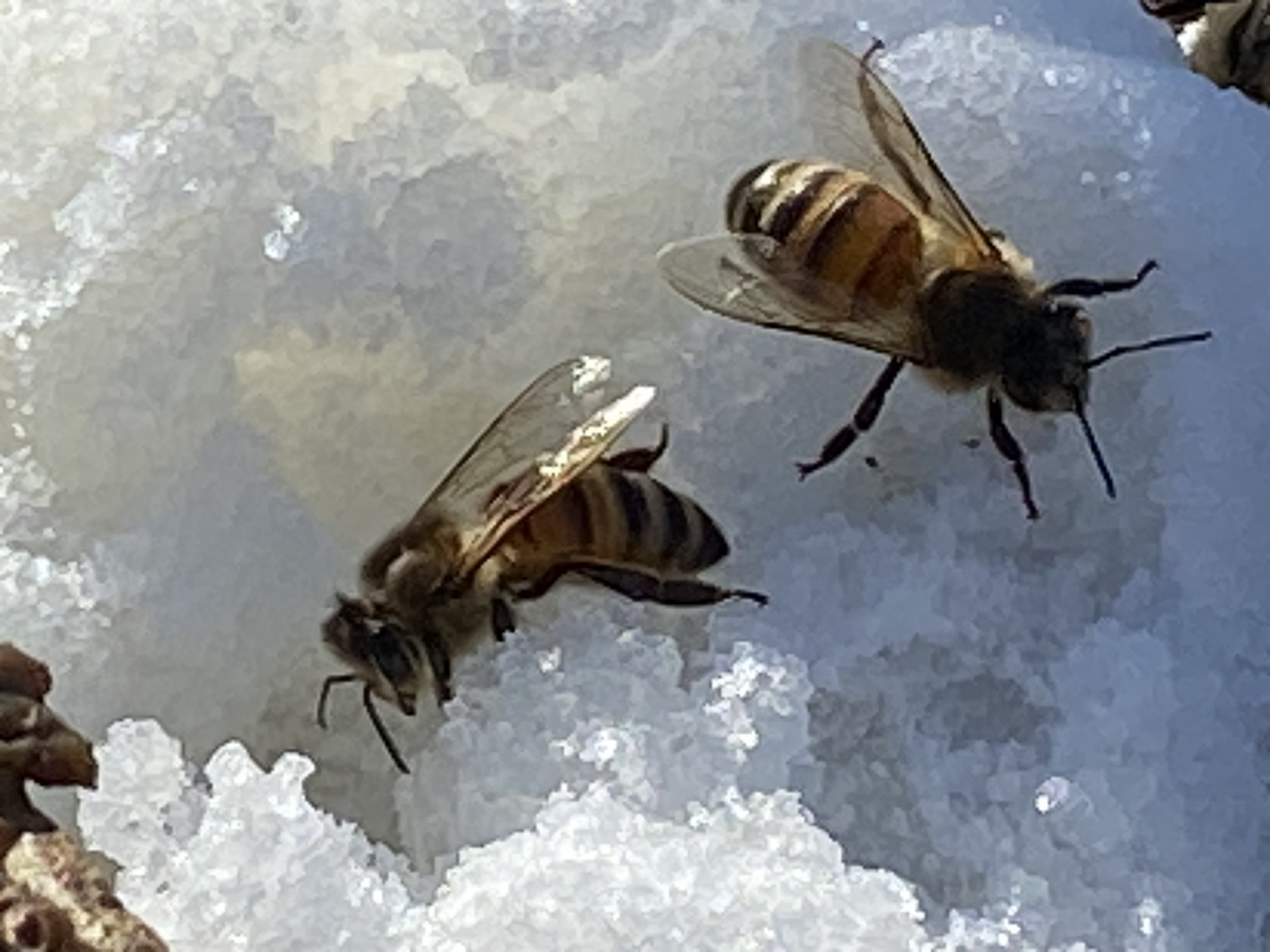George O. White Nursery Tree Delivery
/Shipping label from my George O. White State Nursery order. (Photo by Charlotte Ekker Wiggins)
George O. White Nursery Tree Delivery
It’s been almost six months since I placed this order for trees for bees. The George O. White State Nursery in Licking, Missouri is a great source for native trees and shrubs, a place I order from every year knowing full well I may not get what I ordered.
This is how it works. You place an order online beginning September 1. You are given a short window to pay for the order. If you don’t, the order is cancelled and the next person who ordered is contacted, and so forth. So I was thrilled to be reminded that, among my Missouri native tree and shrub order, I was getting elderberries.
The Missouri native trees and shrubs can either be picked up at Licking or shipped free to Missouri residents. I had initially planned to go pick them up but changed my mind once they notified me the seedlings were available.
They arrived safely packed in paper that keeps the bare roots moist and protected.
How seedlings were shipped from George O. White State Nursery. (Photo by Charlotte Ekker Wiggins)
I should have left the bundle wrapped until tomorrow but of course I couldn’t wait to be reminded of what I ordered.
The reason I gave myself to open the package was to check that the shipped Missouri native trees and shrub bare roots were still hydrated.
Shipped seedlings are bare root but moist. (Photo by Charlotte Ekker Wiggins)
The Missouri native trees and shrubs are sold in bundles of 10 for $8.95, with the price going down the larger the bundles.
This year I indulged in one of my favorite Missouri native trees, dogwoods, and added a bundle of another spring-blooming plant, serviceberries. Serviceberries got their name for blooming when the winter frozen ground was thawed out enough to bury the dead.
Flowering dogwood and serviceberry are among the shipped seedlings. (Photo by Charlotte Ekker Wiggins)
In addition to flowering dogwoods, serviceberries and elderberries, I ordered American beauty berry shrubs, button bush and white Rose Mallow, all except the beauty berries excellent bee food plants. Tree pollen is baby food and flower nectar is flight fuel, both important sources of energy for bees, which move the pollen around trees to help trees survive. The flower nectar gets dehydrated into honey.
The American beauty berry are lovely native shrubs that I have wanted to add to my garden for years but found them usually sold out. This past year, I ordered within days of the ordering window opening up for the season so when ordering, do so quickly or the inventory you want may be sold out.
These bee plants will now get planted in pots and allowed to spend a growing season getting their roots established before I move them permanently into the garden.


















